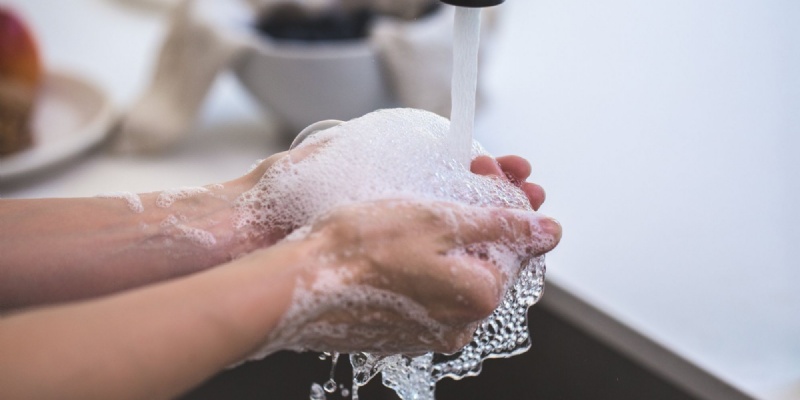Update: COVID19

Further updates from the NHS latest guidance, please take note of these
- if you have symptoms, stay at home for 7 days,
- if you live with other people, they should stay at home for 14 days from the day the first person got symptoms
- If you live with someone who is 70 or over, has a long-term condition, is pregnant or has a weakened immune system, try to find somewhere else for them to stay for 14 days. If you have to stay at home together, try to keep away from each other as much as possible.
Please refer to the NHS link for more information: https://www.nhs.uk/conditions/coronavirus-covid-19/
The virus continues to cause mild illness for most people and only causes severe symptoms in people with prior health conditions. Public Health England advises that the risk to individuals in the UK remains low. Please inform the school if you or any member of your household has recently returned from any of the affected countries in which case all members of your household must remain at home and follow governmental advice.
Where to find the latest information
https://www.nhs.uk/conditions/coronavirus-covid-19/
https://www.gov.uk/guidance/wuhan-novel-coronavirus-information-for-the-public
How COVID-19 is spread
From what we know about other coronaviruses, spread of Covid-19 is most likely to happen when there is close contact (within 2 metres) with an infected person. It is likely that the risk increases the longer someone has close contact with an infected person. Droplets produced when an infected person coughs or sneezes (termed respiratory secretions) containing the virus are most likely to be the most important means of transmission. There are 2 routes by which people could become infected:
- secretions can be directly transferred into the mouths or noses of people who are nearby (within 2 metres) or could be inhaled into the lungs
- it is also possible that someone may become infected by touching a surface or object that has been contaminated with respiratory secretions and then touching their own mouth, nose, or eyes (such as touching a door knob or shaking hands then touching own face).
There is currently no good evidence that people who do not have symptoms are infectious to others.
